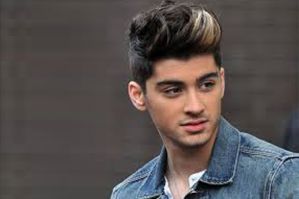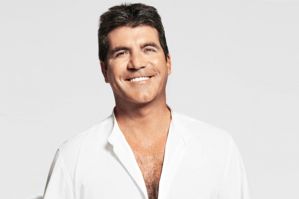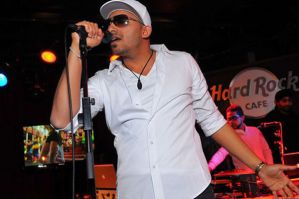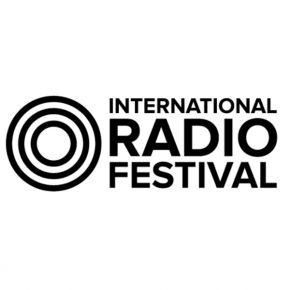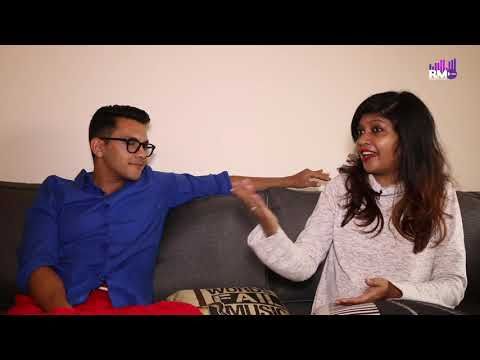"I was nervous to meet Deepa Mehta": Samidha Joglekar
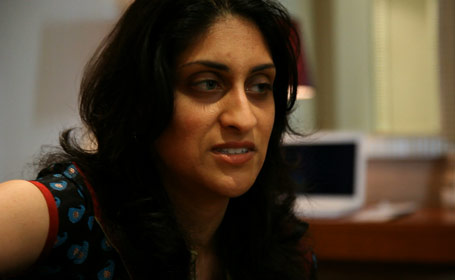
Born and brought up in Canada, singer Samidha Joglekar, like many NRIs straddles two worlds. Having trained in Hindustani Classical music under gurus like Narendra Datar, Veena Sahasrabhuddhe and Dr Prabha Atre Jogelakar she has emerged as a talent to be reckoned with.
Her exposure to the world of international pop where ‘effective’ use of style rules, has also made her immensely versatile- enough to be selected to sing for Deepa Mehta’s ‘Midnight’s Children’ under music director Nitin Sawhney.
Radioandmusic.com caught up with Joglekar just after she canned a song- ‘Jamuna Kinaare’ for online HD site India Music Network for a tete-a-tete on her influences, experiences with the celebrated Deepa Mehta and the classical music’s place in the current music industry.
Excerpts:
How did Midnight’s Children project come about? Did (Nitin) Sawhney compose the music with you in mind? What was Deepa Mehta looking for?
I was singing with an Indo-Jazz ensemble called TASA and we opened for Nitin Sawhney at a music festival in Toronto. About a year later I received a phone call from him asking if I would be available to do some recording for a film adaptation of ‘Midnight’s Children’.
It was a pleasant surprise because I was/am a fan of Nitin’s music and so I was excited for this opportunity. Nitin and Deepa Mehta were both in the studio, which was nerve wrecking at first because they are both such incredibly talented and accomplished people. But all nervousness quickly dissolved when I discovered how down to earth and encouraging they both are. I believe Nitin did have my voice in mind for the melodies he composed and both he and Deepa Mehta wanted my singing to depict a romantic, longing, and feminine perspective in specific scenes in the film.
Apart from your natural talent, you have learnt from the best. Does such training ever constrict your natural style of singing?
I am really indebted to all my teachers. They have shared a priceless gift with me in circumstances that wouldn’t normally lead to an in-depth study of Hindustani classical music. As I understand it, in the Hindustani classical, vocal tradition students are encouraged to sing in the same style (or Gharana) as the Guru. I ended up doing this because classical music is also an oral tradition and, therefore, I learned by listening to my Gurus and then trying to emulate what I heard. Because I was born and grew up in Canada, the ambient culture was predominantly Western music, which I also learned.
There did come a point when these styles began to clash a bit in my singing. For example, having vibrato in your voice is not encouraged in Indian classical music, but is often valued in Western music. Luckily I’ve had really great teachers in both disciplines who have taught me how to use my voice in different ways and who have encouraged me to develop my own style. My training hasn’t constrained me but rather has helped me experiment with my voice and apply different techniques depending on what I am singing.
In an increasingly interactive world- is the fusing of musical styles- beyond ‘fusion’ music a good thing for traditional based art like classical music?
There is a purist in me that loves traditional classical music and wants to say that fusing classical music with other styles can be compromising. It would be hypocritical if I stopped there; because a lot of the great music that is out there, and that I also love, is a combination of different musical styles, including classical music.
Many projects I have done up to this point have been fusion music. I think overall it is a good thing because it creates new contexts for classical music that are relatable to new generations of listeners. With the social media we have in the present day and age collaboration between different artists from different musical traditions is inevitable and I think very positive. These types of collaborations bring people together and highlight the universality of music and I think this elevates traditional art, as well as creates new traditions over time.
How is the classical music world coping up with the rapid changes in the music industry- streaming, piracy, digitalization etc. Is it being left behind?
I can comment on this from the perspective of a consumer of Indian classical music. The changes in the music industry have made classical music more physically accessible. For example, in the 90s if I wanted to hear a classical recording, I had to go to the one and only Indian music store in my Toronto neighbourhood and buy the cassette or CD from a very limited collection. If I couldn’t find the album, I would call my aunts in Mumbai and Pune and ask them to go to ‘Rhythm House’ or ‘Alurkar’ and get me a cassette and send it with someone traveling to Toronto. Now due to streaming, digitalization, and piracy there is so much classical music right at our fingertips.
However, I do think that classical music and classical artists are often undervalued by the changes in the industry. Classical music is the groundwork for all other musical forms and I put classical artists on a pedestal because that music is unparalleled in my mind and I could never dream of reaching that level! I try to buy albums as much as possible in support of these artists. I believe that there will always be people, young and old, who will truly appreciate classical music and be dedicated listeners, and therefore the music won’t be left behind in these changing times.
However, due to streaming and digitalization, classical music is just a click away. With more audiences turning to the internet as a broadcast medium, it is an exciting opportunity even for classical music lovers and enthusiasts. For example I have been featured on India Music Network, where I sing ‘Jamuna Kinare’ and have the opportunity to reach out to a global audience.
What are the different challenges posed by say singing a classical number/ a commercial and now a background score?
With a classical number, the challenge is that you have full control. It is mostly up to the artist to decide how the piece will go, what kind of mood he/she wants to depict, how long the piece will be and how the artist would like to use his/her voice. There is a lot more improvisation in classical pieces, mixed with some pre-planning. For film scores and commercials you get more direction depending on what the film director or music producer want. Sometimes it can be difficult to use your voice to get across what people are thinking. For example, I was singing a line of a song in the studio and I thought it would be effective to sing it more full throated, but then the producer said, “No, this sounds a bit too happy. I want it to be more wistful”.
I had to try a few different things before it finally worked out. It’s hard to make your voice sound like someone else’s imagination, but it is fun to try because that’s the whole point of music!
Can you share your experience(s) with director- Deepa Mehta? Is she a hard task master?
I had watched Deepa Mehta’s elements trilogy as a teenager and knew her as a cutting-edge and intellectual Indo-Canadian director. Thus, I was nervous to meet her because people seem so much “bigger”, so to speak, when they are so accomplished. My experiences with her were in the studio when we recorded for the film. She was very friendly and welcoming and she made me feel comfortable right away. She did have some specific ideas about what she wanted music-wise but she left the music largely to Nitin Sawhney. I could tell she really trusted him to come up with appropriate music and he is obviously more than capable. One thing I noticed immediately when I was around her was that there were so many people and cameras buzzing around. I’m sure she keeps her crew on their toes, as any good director should.




